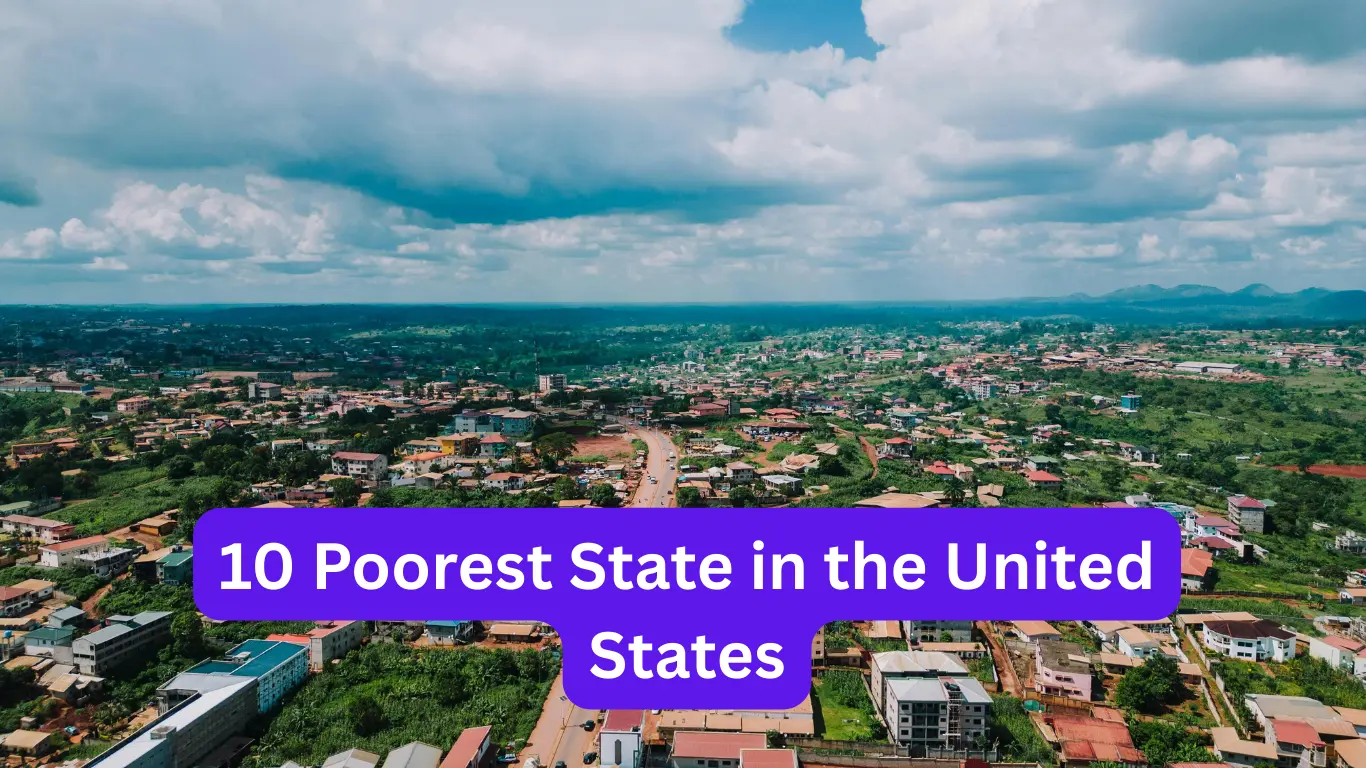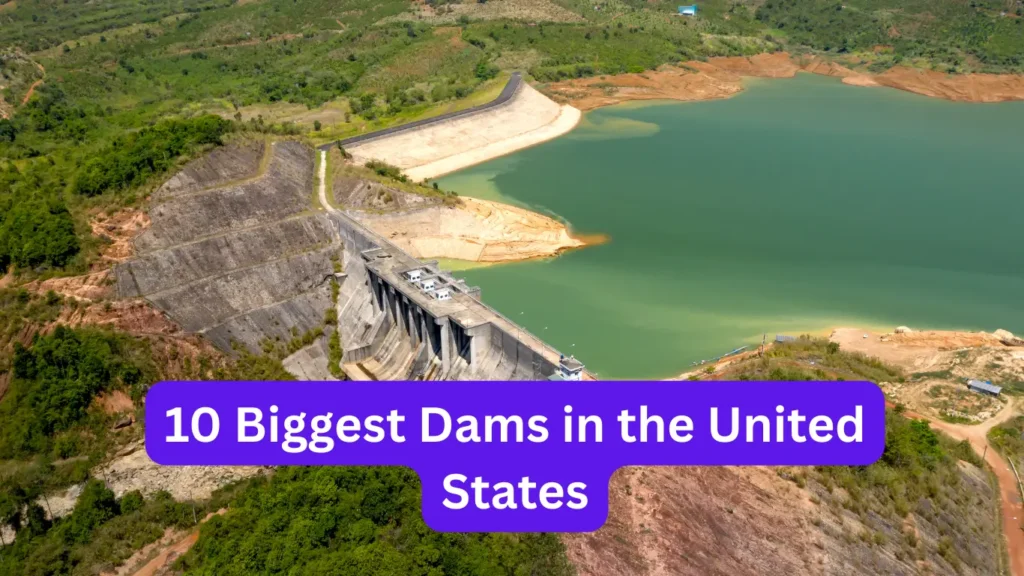Poorest State in the United States is a phrase that often sparks debate and curiosity. While America is one of the wealthiest nations in the world, wealth is not evenly distributed across its 50 states. Economic conditions vary widely due to factors like education, industry, healthcare, and geographic challenges. Some states thrive with booming economies, while others struggle with poverty, low wages, and limited opportunities. Based on the latest data from the U.S. Census Bureau and other economic reports, here’s a detailed look at the 10 poorest states in the United States.

1. Mississippi
Mississippi consistently ranks as the poorest state in the United States. With a median household income of about $48,000 and a poverty rate close to 19%, the state struggles with deep-rooted economic challenges. Rural communities face limited job opportunities, healthcare shortages, and underfunded schools. Agriculture and manufacturing play key roles in the economy, but they haven’t been enough to lift the state out of poverty.
2. Louisiana
Louisiana is another Southern state that faces significant economic struggles. The median household income stands at roughly $52,000, while its poverty rate is nearly 18%. Despite being home to a strong oil and gas sector, Louisiana suffers from high income inequality and repeated natural disasters like hurricanes, which disrupt local economies and displace families.
3. New Mexico
New Mexico ranks high on the list of the poorest states in the United States. Its median household income is around $53,000, and the poverty rate is about 17%. Many rural and Native American communities face limited access to education and jobs. While tourism and the energy industry bring in some revenue, they are not sufficient to reduce widespread poverty.
4. Arkansas
Arkansas has made progress in sectors like agriculture and manufacturing, but it still remains one of the poorest states in America. The median household income is about $54,000, and the poverty rate is 15%. Many residents in rural areas continue to struggle with poor healthcare access and low-paying jobs, keeping the state’s poverty levels high.
5. West Virginia
West Virginia has a median household income of about $55,000 and a poverty rate of 16%. Historically dependent on the coal industry, the state has suffered economically as demand for coal has declined. Many counties in Appalachia face declining populations, limited healthcare, and scarce employment opportunities, making West Virginia one of the hardest-hit states economically.
6. Alabama
Alabama ranks among the poorest states in the United States, with a median household income of around $56,000 and a poverty rate of 16%. While cities like Birmingham and Huntsville have seen economic growth, rural areas remain trapped in cycles of poverty. Poor access to healthcare, underfunded schools, and a lack of well-paying jobs contribute to the problem.
7. Kentucky
Kentucky’s median household income is about $57,000, and its poverty rate stands at 15%. The state has experienced growth in manufacturing and healthcare, particularly in urban areas. However, eastern Kentucky, part of the Appalachian region, continues to struggle with deep poverty, unemployment, and low levels of educational attainment.
8. Oklahoma
Oklahoma has a median household income of around $59,000 and a poverty rate of 15%. The state benefits from an energy-driven economy, but rural and Native American communities often lag behind economically. While Oklahoma City and Tulsa show signs of growth, many small towns still struggle with high unemployment and poverty.
9. South Carolina
South Carolina has a median household income of roughly $61,000, with a poverty rate of 14%. The state benefits from tourism and manufacturing, but income inequality remains a major concern. Rural areas and minority communities often face higher poverty rates, while urban centers like Charleston and Greenville thrive economically.
10. Idaho
Idaho rounds out the list of the 10 poorest states in the United States. With a median household income of about $62,000 and a poverty rate near 13%, Idaho is seeing growth in agriculture and technology. However, rapid population growth has also increased living costs, making it harder for lower-income families to make ends meet.
Why These States Struggle Economically
Several factors contribute to why these states are consistently ranked as the poorest in the nation:
- Rural Economies – Many of these states are heavily rural, limiting access to high-paying jobs.
- Education Gaps – Lower levels of education often lead to fewer career opportunities.
- Healthcare Access – Poor healthcare systems increase medical debt and reduce overall productivity.
- Industry Decline – States like West Virginia have seen their traditional industries collapse without sufficient replacement.
- Natural Disasters – States like Louisiana face recurring disasters that damage infrastructure and housing.
Conclusion [ Poorest State in the United States ]
The poorest state in the United States today remains Mississippi, but several other states face similar struggles. Most of the 10 poorest states are concentrated in the South and Appalachia, where systemic poverty, limited access to resources, and economic inequality continue to hold back progress. Addressing these challenges requires investment in education, healthcare, infrastructure, and modern industries that can bring long-term growth.
While America as a whole is a wealthy nation, the story of its poorest states shows that prosperity is not evenly shared. Understanding these economic divides is the first step toward building a more balanced and inclusive future.
For more topics and detailed articles, visit our USA Top 10 website.
You can also Visit at Calculation Club


